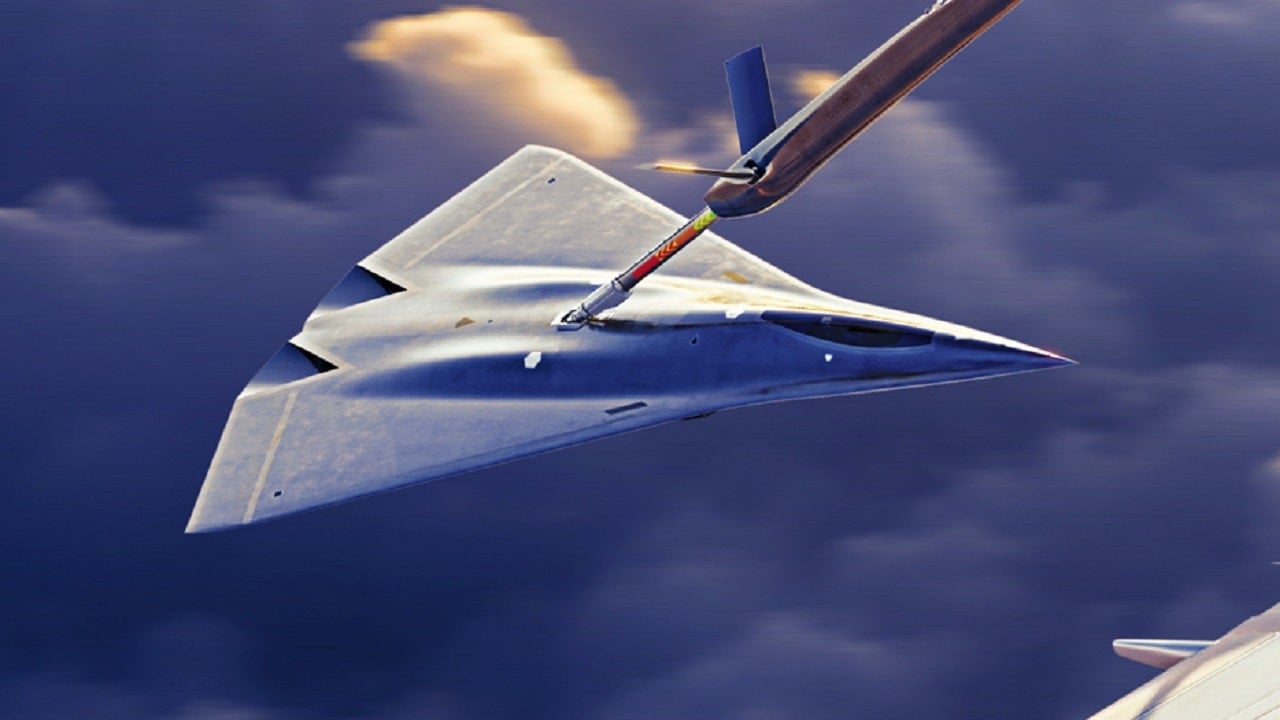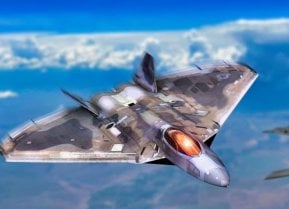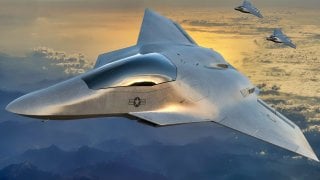China's Air Force Wants NGAD 6th Generation Fighters like the U.S. Air Force
China is racing to develop its own 6th generation stealth fighter - or NGAD - to compete with the U.S. Air Force.
China getting NGAD? As geopolitical tensions are rising across the board in Asia, Eastern Europe and the Middle East, the U.S. and its adversaries are racing to achieve the feat of a sixth-generation fighter platform.
America retained air superiority over its counterparts for many years after introducing its F-22 Raptor to service. As the world’s first-ever fifth-generation platform, the Raptor outpaced all competitors.
Now that China and Russia have their own comparable jets - the Chengdu J-20 and Sukhoi Su-57 respectively- the future of air dominance lies in the sixth-generation space.
The U.S. Air Force is steadily developing its Next-Generation Air Dominance program (NGAD).
This time though, China will likely not be years behind in reaching a similar feat.
What we know about China’s NGAD program
Last year, the Aviation Industry Cooperation of China released CGI concept art of a supposed sixth-generation stealth fighter.
Not surprisingly, the mockup appeared very similar to the U.S. Air Force’s own renderings of its NGAD program.
In the published video, twin-engine fighter jets possessed low-reflective diamond-shaped wings, a blended body configuration and no tail.
The head of the Air Combat Command Gen. Mark D. Kelly believes that China is looking at its sixth-generation air power program “greatly the way we (the U.S.) sees it.”
From an exponential reduction in signature and the inclusion of manned fighter aircraft from the exponential acceleration of processing power and sensing, the new Chinese program will resemble the NGAD closely.
How China and America’s sixth-generation programs compare:
Last year, manufacturer Lockheed Martin released concept art for the NGAD. The depictions displayed a sleek and tailless airframe with refueling drawn from the LMXT tanker concept (see image directly below).

NGAD was tailless designed to allow for greater stealth via lower observability, greater internal volume for fuel and weapons, plus a higher degree of efficiency.
Since the NGAD is intended to be the replacement for the F-22 Raptor, analysts expect that its top speeds and weapons-carrying capacities will at least match its predecessor.
The Raptor can operate at altitudes in excess of 60,000 feet and at speeds nearing Mach-2.0 (two times the speed of sound). If the upcoming NGAD can beat these specs, it will be hard for China’s own sixth-generation rendition to match.
Like the U.S. Air Force’s NGAD program, China’s sixth-generation counterpart will function with both manned and unmanned components. Notably, both programs will likely use the assistance of collaborative combat aircraft (drones) to serve as loyal wingmen to the sixth-generation jets they accompany in the air.
For the U.S., this concept relies on industry to construct lower-cost yet highly effective unmanned aerial vehicles capable of testing enemy air defenses, extending command and control and delivering weapons if necessary.
Beyond NGAD: The race to achieve air superiority is on
China’s race to become a first-rate Air Force extends to other platforms as well.
In recent years, Chinese state media outlets have touted that its next-generation stealth bomber program will be unparalleled in capabilities. The H-20 bomber program was first recognized publicly in 2016. However, the People’s Liberation Army Air Force likely began developing initial bomber designs in the early 2000s.
We know this because, in 2005, a top Northrop Grumman design engineer was charged with violating the Arms Export Control Act after being caught selling B-2 bomber intelligence to Beijing. Less than a decade later, Chinese aviation expert Andreas Ruppercht published artist renderings of models that emulated the development of a new pending Chinese stealth bomber.
Beijing has a long history of stealing, reverse-engineering a
While the U.S. is reportedly ahead of China regarding its NGAD development process, the race is certainly on. In Washington, Congress can halt or delay funding for the sixth-generation program, a potential problem that does not exist in Beijing. To ensure America’s air superiority over China in case of a future kinetic flare-up, the NGAD program must be pushed along at full speed.
About the Author
Maya Carlin is an analyst with the Center for Security Policy and a former Anna Sobol Levy Fellow at IDC Herzliya in Israel. She has by-lines in many publications, including The National Interest, Jerusalem Post, and Times of Israel. You can follow her on Twitter: @MayaCarlin.
Main image is from Shutterstock.


